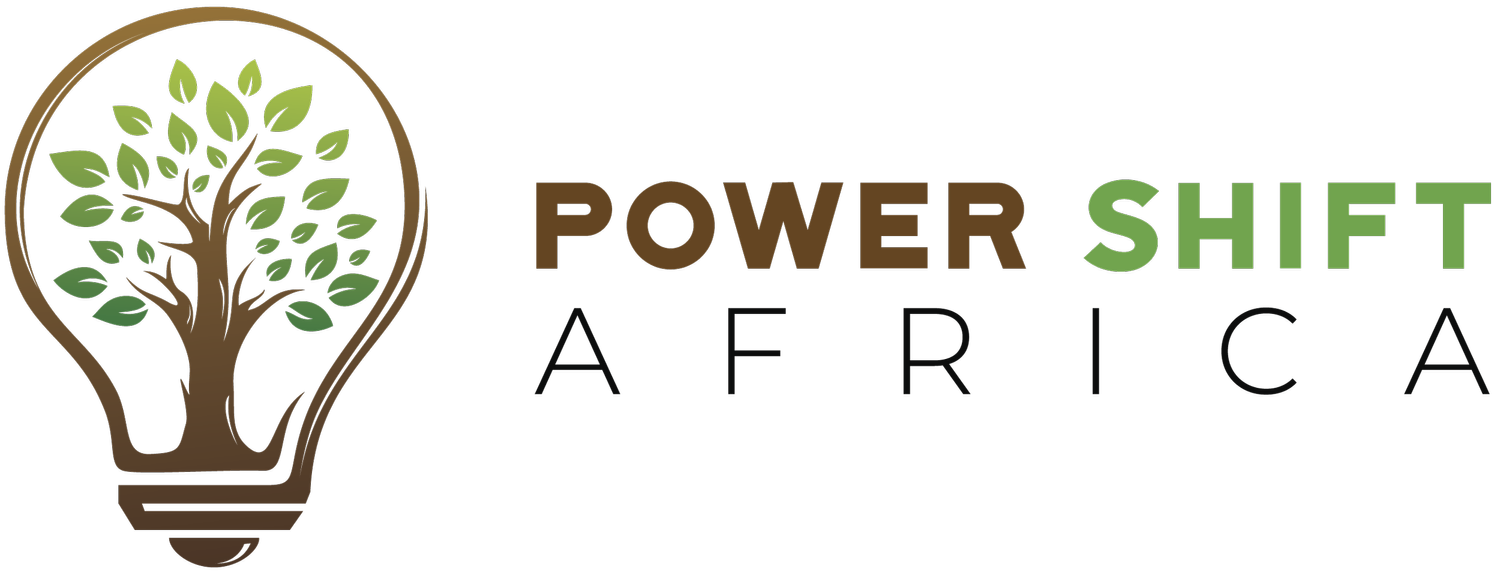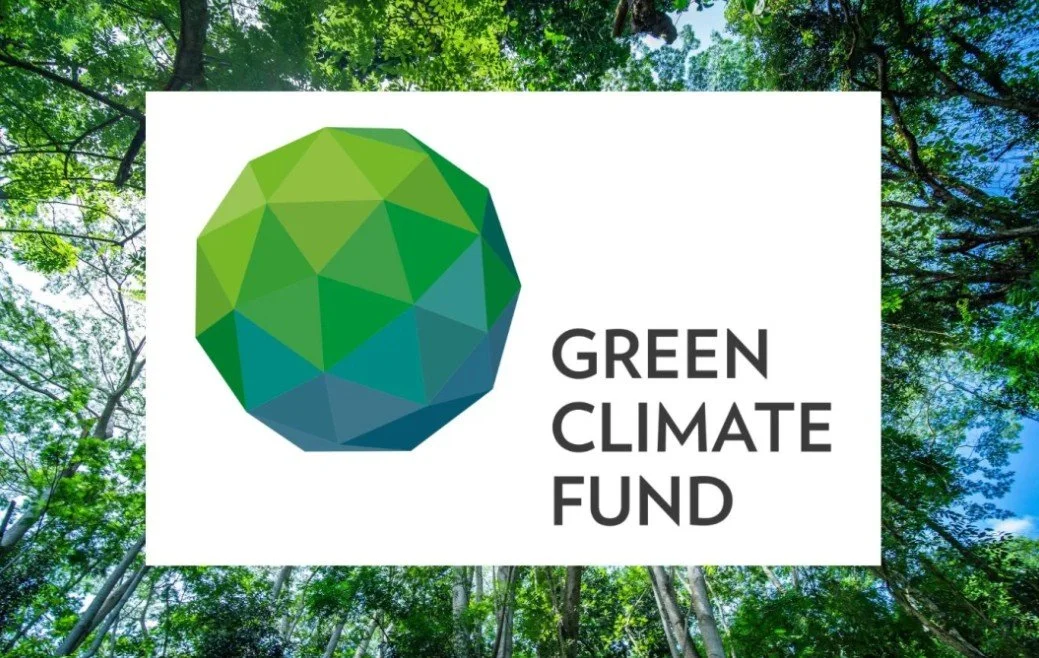Explainer: The Green Climate Fund 101
By Saada Sala
Ten years ago this year, the world committed to reducing global emissions and tackling the climate crisis caused by those emissions. Under the Paris Agreement, developed countries committed to providing resources required by their developing counterparts to adequately tackle climate change and its impacts.
On the anniversary of the most significant climate agreement, the situation is disheartening. Climate impacts have worsened while low domestic financial capacity continues to undermine efforts of poor countries to muster strong climate responses.
Today, estimates show that at least USD 10 trillion is required annually to limit global warming to 1.5°C between 2030 and 2050. As such, the financial commitment of USD 300 billion annually for climate action agreed at COP29 falls far short.
Despite multiple universal climate agreements, little resources flow where they are desperately needed.
Why Does the Green Climate Fund Matter?
The Green Climate Fund (GCF) is currently the largest global climate facility. Established in 2010, the Fund aims to support developing countries in tackling the climate scourge by providing them with financial and technical resources to raise ambition towards low-emission and climate-resilient development.
The GCF gets money primarily from pledged contributions from developed countries. So far, a total of USD 22.7 billion in actual contributions has been made, mainly in the form of grants-based public finance. The Fund has raised USD 9.6 billion out of the USD 10.6 billion pledged in the current cycle of 2024-2027.
While such pledges may signal sheer commitment to offer support to developing countries, their actual delivery is highly influenced by the shifting geopolitical tide. The USA’s recent withdrawal from the Paris Agreement, for instance, already creates a shortfall of USD 3 billion—the current largest pledge to the fund.
How does finance flow from GCF to developing countries?
The GCF works with a wide range of accredited entities (AEs) that directly operate in and work with developing countries to disburse funds down to where they are needed.
To access resources from the GCF, the AEs go through a rigorous accreditation process to assess their suitability and technical capacity to drive actionable climate change projects or programmes in developing countries.
The extensive accreditation process entails an analysis of their financial management capabilities, track record, and relevant institutional policies and frameworks that guarantee a high level of integrity and accountability.
How are the Funds Accessed from the GCF?
The GCF has grouped the diverse network of AEs it works with into two: direct access entities (DAEs) which are sub-national, national or regional organisations, and indirect access entities (IAEs) which comprise international or regional institutions such as the development partners, multilateral development banks, international financial institutions, UN agencies and CSOs.
Given their varied capabilities, these entities are accredited at different levels ranging from micro, small, medium and large. This also determines the size of project funding and the type of financial instruments for which they are eligible. The minimum funding is at the micro level for up to USD 10 million, while the maximum is USD 250 million for larger entities.
Country ownership of funded projects is essential
The GCF holds country ownership of projects it funds as its core principle that guides its financing and investment decisions.
The country-driven approach enables developing countries to take the lead in translating their Nationally Determined Contributions (NDC) ambitions into climate actions through programming and implementation. This helps to fully reflect national needs, priorities, and circumstances.
Country ownership is achieved through the selection of a strategic National Designated Authority (NDA)- mainly a government agency, as an authoritative actor between the GCF and the state. The NDAs provide broad strategic oversight of funded activities and communicate the country’s specific needs and priorities with the GCF to facilitate access to funding for projects.
The NDAs are mandated to provide nomination letters for national entities’ accreditation with the GCF and letters of no objection for projects or programme proposals by the international entities to ensure proper alignments with national priorities.
The Role of Power Shift Africa in the GCF
Power Shift Africa, a climate action and policy think and do tank, has been accredited by the GCF Board in 2025 as one of the African Observer organizations among 339 other CSOs from across the world. This accreditation marks a significant milestone as it positions PSA to actively and meaningfully participate in the GCF Board engagements and deliberation to drive effective policy and advocacy based on Africa’s needs and priorities.
The main goal is to ensure enhanced access to and utilization of climate finance for Africa institutions to implement long term climate adaptation and just transition interventions.

